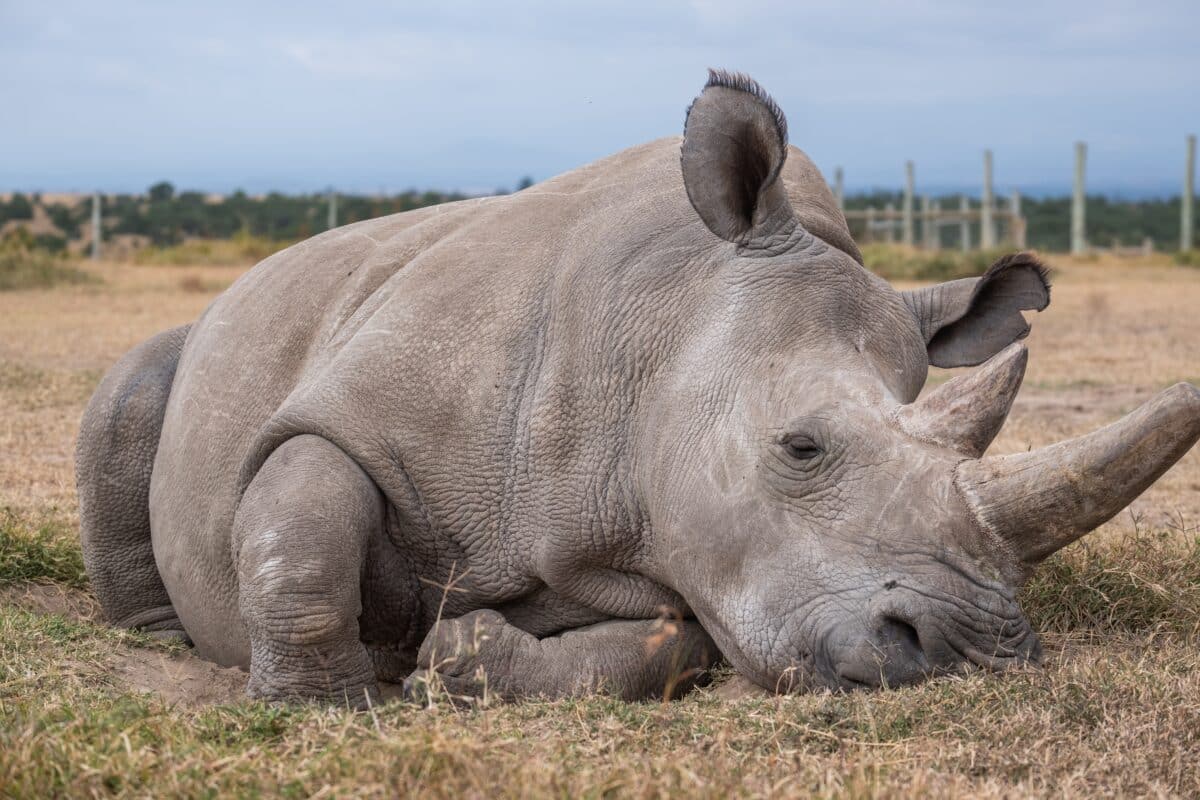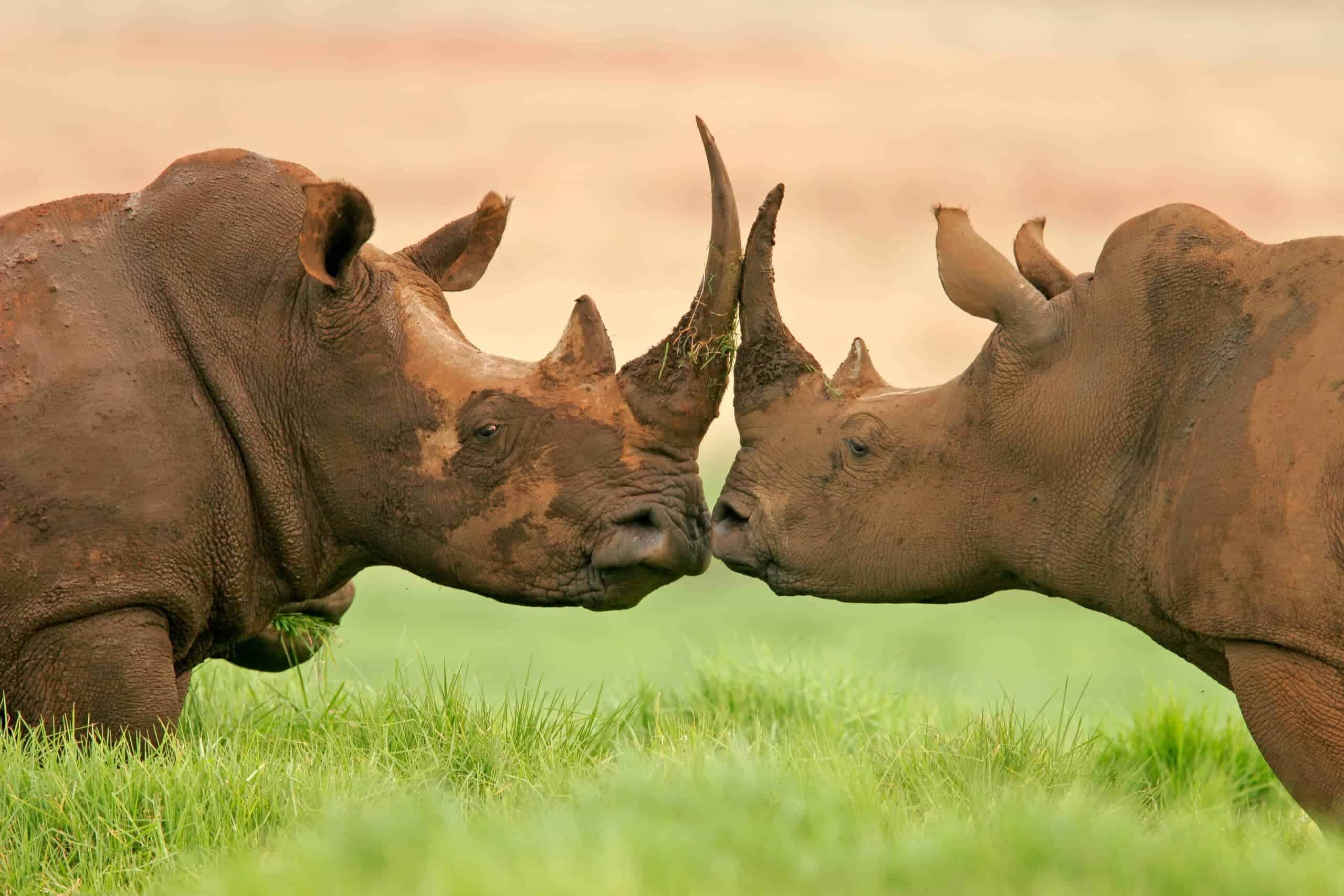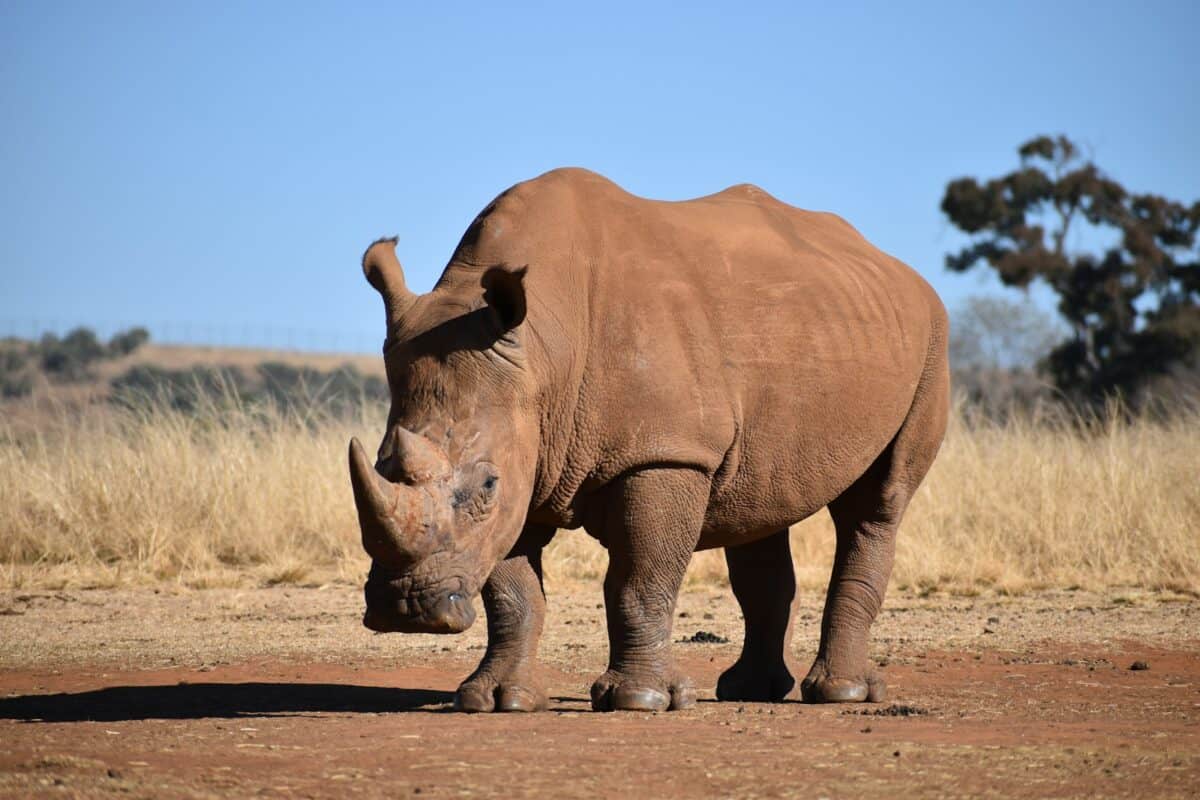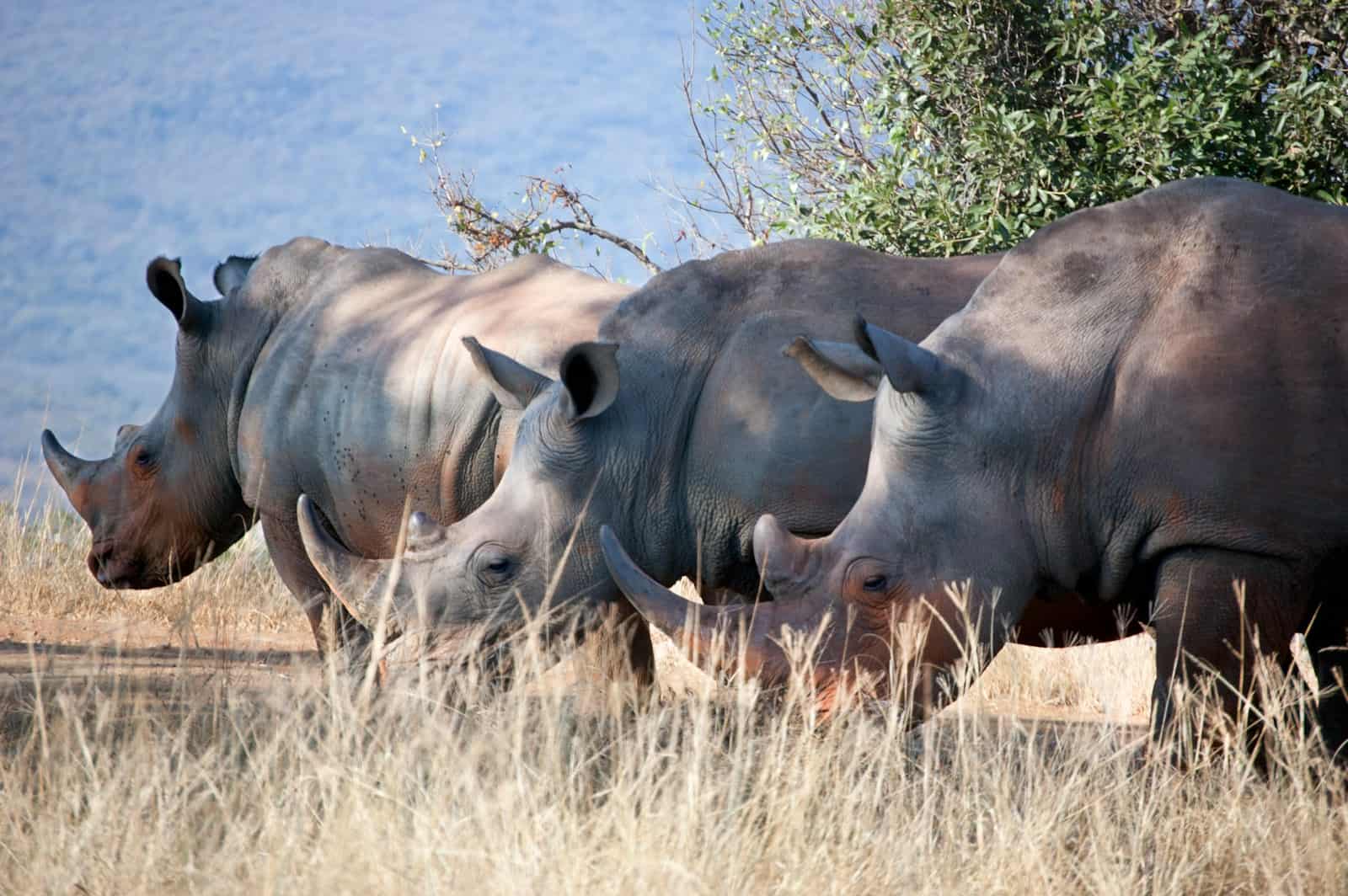Rhino horn has been at the center of controversy, superstition, and misinformation for centuries. As rhino populations worldwide face the threat of extinction primarily due to poaching for their horns, it’s more important than ever to separate fact from fiction. Misconceptions about rhino horn’s properties and uses continue to drive the illegal wildlife trade, putting these magnificent creatures at risk. This article explores and debunks 13 common myths about rhino horn, presenting scientific evidence and facts to counter dangerous misinformation that threatens rhino survival.
Myth 13 Rhino Horn Has Medicinal Properties

Perhaps the most dangerous and persistent myth is that rhino horn possesses medicinal qualities. Traditional Chinese medicine has historically prescribed rhino horn to treat fever, rheumatism, gout, and other disorders. However, scientific analysis has conclusively proven that rhino horn has no medicinal value whatsoever. It is composed primarily of keratin—the same protein found in human fingernails and hair. Multiple scientific studies, including research by the Chinese University of Hong Kong, have demonstrated that rhino horn contains no active compounds that could produce claimed therapeutic effects. Despite this evidence, the myth persists, driving poaching and threatening rhino populations worldwide. Modern medical science offers numerous effective treatments for conditions traditionally treated with rhino horn, making its use not only cruel but completely unnecessary.
Myth 12 Rhino Horn Is an Aphrodisiac

One of the most widely circulated myths about rhino horn is that it functions as an aphrodisiac or enhances sexual performance. This misconception is often cited in Western media as a primary driver of the rhino horn trade. However, this claim has no basis in traditional medicine practices from Asia, where rhino horn is typically used. In fact, historical Chinese medical texts make no mention of rhino horn as a treatment for sexual dysfunction. This myth appears to be a Western misinterpretation of Eastern medicine that has been perpetuated through repetition. Scientifically speaking, there is absolutely no evidence that consuming keratin—the main component of rhino horn—could influence human sexual function in any way. Despite being debunked repeatedly, this myth continues to be cited, sometimes unwittingly contributing to stereotypes while failing to address the actual drivers of rhino horn demand.
Myth 11 Rhino Horn Can Cure Cancer

A relatively recent and particularly harmful myth is that rhino horn can cure cancer. This dangerous misconception emerged in Vietnam around 2006 when rumors spread about a Vietnamese politician allegedly being cured of cancer after consuming rhino horn. This unfounded story contributed to a dramatic spike in demand for rhino horn in Vietnam, which became one of the world’s largest markets for illegal rhino horn. Scientifically, there is absolutely no evidence that rhino horn has any anti-cancer properties. Cancer requires proper medical treatment with proven therapies developed through rigorous scientific research and clinical trials. Promoting rhino horn as a cancer treatment not only endangers rhinos but also potentially harms cancer patients who might delay seeking effective medical treatment in favor of this ineffective alternative. Medical professionals worldwide emphatically reject any cancer-fighting properties in rhino horn.
Myth 10 Rhino Horn Is Made of Ivory

A common misconception is that rhino horn is made of ivory, similar to elephant tusks. This is completely false. Elephant tusks are indeed ivory—modified teeth composed primarily of dentine with an outer layer of enamel. Rhino horn, by contrast, is not a modified tooth and contains no ivory at all. It is made almost entirely of keratin—the same protein found in human hair and fingernails—along with small amounts of calcium and melanin. The horn grows from the rhino’s skin rather than from its skull, although it does have a small attachment point on the skull. This fundamental misunderstanding about the composition of rhino horn contributes to confusion about its properties. Unlike ivory, which has a distinctive internal structure, rhino horn is fibrous and, when cut, resembles compressed hair. This biological difference is important to understand when debunking myths about rhino horn’s supposed properties.
Myth 9 Removing a Rhino’s Horn Is Painless

Some proponents of rhino farming suggest that harvesting rhino horn is painless and comparable to cutting fingernails. While rhino horn is indeed made of keratin like fingernails, the comparison is misleading. Rhino horn, unlike fingernails, has a blood supply and nerve endings at its base. The horn grows from a specialized skin layer called the germinal epithelium that contains nerve endings and blood vessels. When a rhino’s horn is cut below a certain point, it causes pain and bleeding. Additionally, dehorning can have behavioral and social impacts on rhinos, as they use their horns for various functions including defense, maternal care, and foraging. While carefully performed dehorning under veterinary supervision (as done in some conservation efforts) can be conducted humanely, it’s misleading to claim it’s entirely painless. Most importantly, rhinos in the wild that encounter poachers are not subject to careful veterinary procedures—they are brutally killed, often with their faces hacked off to retrieve the horn.
Myth 8 Rhino Horn Trade Should Be Legalized to Save Rhinos

Some argue that legalizing the rhino horn trade would reduce poaching by satisfying demand through regulated channels. This argument suggests that legal farming of rhinos for their horns would drive down prices and eliminate the incentive for illegal poaching. However, conservation experts and economists have identified several fatal flaws in this reasoning. First, legal trade would likely stimulate demand by legitimizing rhino horn use and removing any stigma associated with its consumption. Second, a legal market would provide cover for laundering illegally obtained horn, as seen with ivory trade. Third, the economics are problematic—rhino horn grows too slowly (about 1-3 inches per year) to satisfy current demand through farming alone. The Convention on International Trade in Endangered Species (CITES) maintains a ban on international rhino horn trade because most evidence suggests legalization would increase rather than decrease poaching pressure on wild rhino populations. Conservation efforts focused on reducing demand through education and strengthening anti-poaching measures have shown more promise than legalization proposals.
Myth 7 Rhino Horn Water Has Detoxifying Properties

In some Asian countries, particularly Vietnam, there is a belief that water infused with rhino horn has detoxifying properties and can relieve hangovers. This practice involves grinding rhino horn into powder and mixing it with water. Scientifically, there is no evidence supporting these claimed detoxifying properties. The human body has its own sophisticated detoxification systems—primarily the liver and kidneys—which efficiently process and eliminate toxins, including alcohol. Keratin, the main component of rhino horn, is insoluble in water and cannot be absorbed by the human digestive system in a way that would affect toxin processing. Studies analyzing the composition of rhino horn have found no compounds that could reasonably be expected to have detoxifying effects. This myth is particularly concerning because it has contributed to rhino horn becoming a status symbol among wealthy business elites who consume it as a supposed remedy after excessive drinking, driving up demand despite the complete lack of scientific support for its efficacy.
Myth 6 Synthetic Rhino Horn Will Solve the Poaching Crisis

Several companies have developed technologies to create synthetic or lab-grown rhino horn, proposing that flooding the market with indistinguishable but legal alternatives will undermine the black market for genuine horn. While this approach seems logical at first glance, conservation experts have raised serious concerns about its effectiveness. First, synthetic horn may actually increase demand by making rhino horn products more socially acceptable and accessible, potentially creating new consumers who might later seek “authentic” horn. Second, without foolproof methods to distinguish synthetic from real horn, law enforcement efforts against the illegal trade would be severely compromised. Third, for consumers who value rhino horn specifically because it comes from a rare, wild animal, synthetic alternatives may hold little appeal. The International Rhino Foundation and other conservation organizations have opposed synthetic horn initiatives, arguing that they could undermine decades of demand reduction efforts. Most conservation experts maintain that addressing demand through education and strengthening anti-poaching measures offers a more promising path than technological shortcuts.
Myth 5 Only Chinese Medicine Uses Rhino Horn

While Chinese traditional medicine is often singularly blamed for rhino horn demand, the reality is more complex. Historically, rhino horn has been used in multiple traditional medicine systems across Asia, including those of Vietnam, Korea, Japan, and Thailand. Moreover, rhino horn has been valued outside of Asia entirely. In Yemen and parts of the Middle East, rhino horn has been prized for making ceremonial dagger handles (jambiyas). European nobility once valued rhino horn cups because they were believed to detect poison. In North America and Europe, rhino horns have been collected as exotic trophies. Today, Vietnam has emerged as possibly the largest consumer market for rhino horn, where it is used not only in traditional medicine but also as a status symbol and luxury gift. Understanding the diverse markets and motivations driving rhino horn demand is crucial for developing effective conservation strategies. Focusing exclusively on Chinese medicine oversimplifies the problem and potentially undermines conservation efforts by failing to address other significant sources of demand.
Myth 4 Rhino Horn Is Used Primarily for Traditional Medicine

While traditional medicine use is significant, research indicates that rhino horn consumption patterns have evolved considerably in recent years. Particularly in Vietnam, rhino horn has increasingly become a status symbol and luxury gift, used to establish business relationships or demonstrate wealth. A 2018 study by TRAFFIC, the wildlife trade monitoring network, found that many Vietnamese consumers purchase rhino horn as a symbol of success and wealth rather than primarily for medicinal purposes. The horn is often given as gifts to superiors or business partners to curry favor. Additionally, ground rhino horn is sometimes used recreationally as a detoxifying agent after excessive alcohol consumption among wealthy elites. Some users also keep whole horns as collectibles or investments, speculating that as rhinos become rarer, the horns will increase in value. This shift in consumption patterns from traditional medicine to status symbol presents both challenges and opportunities for conservation efforts, requiring more sophisticated demand reduction strategies that address these evolving motivations.
Myth 3 All Rhino Species Have Two Horns

A common misconception is that all rhino species have two horns. In reality, rhino species vary in their horn configurations. Of the five remaining rhino species, three have two horns (white, black, and Sumatran rhinos), while two species have a single horn (greater one-horned or Indian rhino and Javan rhino). The white and black rhinos of Africa both have two horns, with the front horn typically being longer. The critically endangered Sumatran rhino also has two horns, though they are often smaller. The greater one-horned rhino and the critically endangered Javan rhino both have a single horn. Historically, some greater one-horned rhinos had a small second horn, but this trait has largely disappeared in current populations. This diversity in horn configuration reflects the evolutionary history and adaptation of different rhino species to their environments. All rhino horns, regardless of species or position on the snout, share the same basic keratin composition and grow continuously throughout the animal’s life, though growth rates vary by species, age, and environmental conditions.
Myth 2 Rhino Horn Regrows Quickly After Being Removed

Some proponents of rhino farming claim that rhino horns regrow quickly after being harvested, making them a potentially renewable resource. While rhino horns do regrow if cut above the germinal layer (the growth area at the base), the regrowth process is much slower than often suggested. Depending on the species, rhino horns grow at a rate of approximately 0.9 to 3.5 inches (2.5 to 9 cm) per year. The front horn of a white rhino, which can reach up to 59 inches (150 cm) in length, would take decades to reach full size after being completely removed. Additionally, the shape and structural integrity of regrown horns often differ from the original, sometimes growing in unusual patterns. Repeated dehorning can also affect horn quality and growth rates. The slow regrowth rate means that “farming” rhinos for horn is economically challenging and unlikely to satisfy current demand levels, undermining arguments that legal horn harvesting could replace poaching as a sustainable source of rhino horn. This biological reality contradicts claims that rhino farming could quickly supply global markets with legally harvested horn.
Myth 1 Rhino Poaching Is a Recent Problem

While rhino poaching has made headlines in recent decades, it is not a new phenomenon. Rhinos have been hunted for their horns for centuries across Africa and Asia. Historical records indicate that rhino populations in many regions were already severely depleted by the early 20th century due to hunting. The Javan rhino, for instance, was once widespread across Southeast Asia but was hunted to near extinction for its horn long before modern conservation efforts began. What has changed in recent decades is the scale and sophistication of poaching operations. In the 1970s and 1980s, Africa experienced its first major rhino poaching crisis, which decimated black rhino populations by an estimated 96%. After a period of recovery in the 1990s and early 2000s, poaching surged again around 2008, corresponding with new demand from Vietnam. Modern poaching operations often involve transnational criminal networks using advanced technology and weaponry. Understanding this historical context is crucial for developing effective conservation strategies that address the deep-rooted and evolving nature of the rhino poaching crisis rather than treating it as merely a recent development.
Conclusion: Moving Beyond Myths to Save Rhinos

Debunking myths about rhino horn is not merely an academic exercise—it’s essential for the survival of rhino species worldwide. The persistence of these myths directly drives the illegal wildlife trade that continues to decimate rhino populations, with fewer than 27,000 rhinos remaining in the wild today. Conservation efforts must focus on evidence-based approaches, including strengthening anti-poaching measures, supporting range states in protecting their rhino populations, and most importantly, reducing demand through education about the true nature of rhino horn. Scientific research has consistently shown that rhino horn has no unique or valuable properties beyond those of common fingernails or hair, making the killing of these magnificent animals all the more tragic and senseless. By challenging misinformation and promoting facts about rhino horn, we can contribute to changing attitudes and behaviors that threaten rhino survival, ultimately helping to ensure these prehistoric creatures continue to roam the Earth for generations to come.
- 11 Dog Breeds That Rarely Bark - August 22, 2025
- 13 Wild Animals That Only Come Out at Night - August 22, 2025
- 15 Strangest Animal Feeding Habits - August 22, 2025

